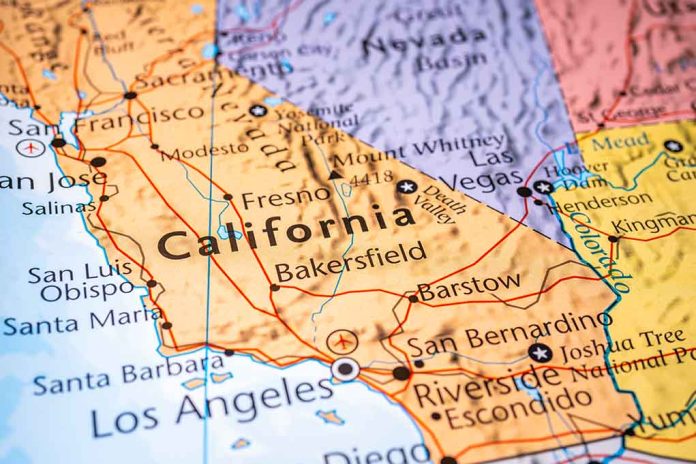
Santa Cruz Wharf collapses after an environmental lawsuit delayed crucial repairs, raising questions about balancing preservation and safety.
At a Glance
- Part of the historic Santa Cruz Wharf collapsed during unusually high waves
- Repairs were delayed for three years due to a lawsuit by environmental group “Don’t Morph the Wharf”
- Three workers were rescued from the detached end of the wharf
- City officials attributed the collapse to “climate change” rather than the structure’s age
- The incident highlights the challenges of maintaining historic structures amid environmental concerns
Wharf Collapse and Rescue Operation
On Monday, a significant portion of the Santa Cruz Wharf collapsed during unusually high waves that affected the West Coast. The incident resulted in a dramatic rescue operation as three workers found themselves stranded on the detached end of the wharf, which was left floating precariously on the sea. The collapse of this historic structure, which has stood for over a century, has brought attention to the complexities of maintaining such landmarks in the face of environmental challenges and legal disputes.
The collapse has left substantial debris in the waters surrounding Santa Cruz, creating additional environmental and safety concerns for the local authorities to address. The incident has sparked discussions about the structural integrity of aging infrastructure and the need for timely maintenance and upgrades.
"Santa Cruz Wharf Collapses After Environmental Lawsuit Delayed Repairs" … is similar to the collapsing climate scam … https://t.co/JReip4RE9q
— John Shewchuk (@_ClimateCraze) December 25, 2024
Legal Challenges and Delayed Repairs
At the heart of this incident lies a contentious legal battle that played a crucial role in delaying much-needed repairs to the wharf. In 2016, the city of Santa Cruz proposed a plan to create a below-deck walkway designed to protect the wharf from wave damage. However, this proposal faced strong opposition from an environmental and preservationist group known as “Don’t Morph the Wharf.”
The lawsuit, which argued that the city had not conducted a proper environmental review of the plan, effectively halted the proposed improvements. This legal action resulted in a three-year delay of critical repairs, leaving the wharf vulnerable to the very damage it sought to prevent.
City’s Stance and Environmental Concerns
The city of Santa Cruz maintained that the proposed “Westside Walkway” was essential for the wharf’s protection against storm damage. Officials argued that the new structure would serve as a wave break, shielding the existing wharf and its buildings from the impact of severe weather conditions.
Despite the city’s arguments, the opponents of the project won their lawsuit in 2022. This legal victory led to the removal of the protective walkway and additional building from the plans, leaving the historic wharf without the proposed reinforcements.
Climate Change and Infrastructure Challenges
In the aftermath of the collapse, city officials have pointed to climate change as a contributing factor, rather than solely blaming the age of the structure. This stance has sparked debate about the increasing vulnerability of coastal infrastructure to extreme weather events and rising sea levels.
The incident at Santa Cruz Wharf serves as a stark reminder of the challenges faced by coastal communities in preserving their historical landmarks while adapting to changing environmental conditions. It underscores the need for a balanced approach that considers both preservation efforts and the implementation of necessary safety measures to protect these structures from increasingly severe weather patterns.
Sources:
Santa Cruz Wharf Collapses After Environmental Lawsuit Delayed Repairs
Part of iconic Santa Cruz Wharf collapses; 3 rescued from ocean



